Citrus limon (L.) BURM.F. |
| |
|
|
Botanical Name |
: |
Citrus limon (L.) BURM.F. |
English
Name |
: |
Lemon |
Synonym(s) |
: |
Citrus x limonia (Osbeck.), Citrus limonum (Risso.) |
Family |
: |
Rutaceae |
| |
General Info
| Description |
 |
|
Small, spreading, evergreen trees or tall shrubs. Stems often armed with long thorns, particularly in limes or in all types when young. Older wood has thin, dark grey bark. Leaves are unifoliate, relatively thick, ovate with acute to obtuse tips, having entire margins and a petiole wing of various width, depending on species. Leaves contain characteristic citrus oils in glands ("pellucid dots") which makes them fragrant when crushed. Flowers are solitary or in short cymes, borne axillary on current flush of growth. Usually perfect, rarely staminate by pistil abortion. Normally 5 petals and sepals; petals linear, sometimes curved lengthwise, white, waxy, and thick; sepals fused at base to form a small cup. A globular, green ovary subtends a thin straight style which terminates in a pronounced, donut-shaped stigma. Ovary with 10 to 14 locules in most commercial cultivars, each with potentially 4 to 8 seeds; axile placentation. Ovary, superior, subtended by raised nectary disc. Fruit is a hesperidium. The endocarp is divided into 10 to 14 sections, separated by thin septa, each containing up to 8 seeds, but usually only one seed/segment. |
| Herb Effects |
 |
|
Carminative and stomachic and stimulates the secretion of gastric juices (peel); antibacterial and reduces fever (juice); rubefacient and stimulant (oil); repels insects (peel). |
Chemistry
| Active Ingredients |
 |
|
1,8-Cineole, alpha-pinene, alpha-terpineol,caryophyllene-oxide, citronellal, citronellol, nerol, terpinen-4-ol, thymol (leaf essential oil); adenosine, alpha-terpinene (pericarp); ascorbic acid, beta-carotene, caffeic acid, citric acid, diosmin, ferulic acid, hesperidin, imperatorin, limonin, lutein, niacin, p-coumaric acid, perillaldehyde, rutin, sinapic acid, thiamin (fruit); bergapten, bergamottin, beta-pinene, byakangelicin, camphene, carvone, caryophyllene, citral, gamma-terpinene, geranial, geraniol, hexanal, isoimperatorin, limonene, myrcene, neral, p-cymene (essential oil); beta-sitosterol, diosmetin, isopimpinellin, stachydrine (plant); caffeine, luteolin, quercetin (flower); naringin, pectin, syringin (pericarp); scopoletin, umbelliferone (shoot) |
| Chemistry
of Active Ingredients |
 |
|
|
 |
Name |
CAS# |
IUPAC Name |
Formula |
Structure |
 |
|
| Adenosine |
Not Available |
2-(6-aminopurin-9-yl
)-5-(hydroxymethyl)o
xolane-3,4-diol |
C10H13N5O4 |
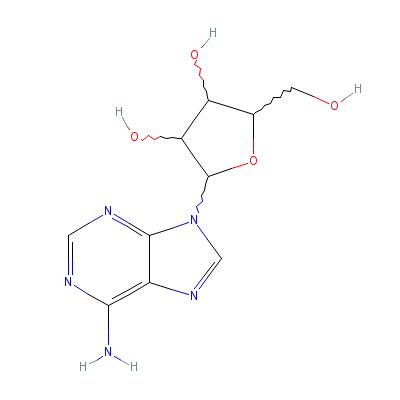
|
| Caffeic acid |
Not Available |
3-(3,4-dihydroxyphen
yl)prop-2-enoic acid |
C9H8O4 |
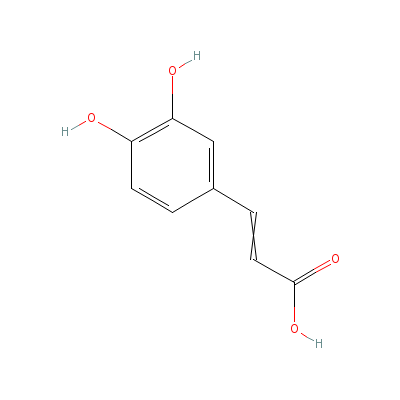
|
| Caffeine |
5743-12-4 |
1,3,7-trimethylpurin
e-2,6-dione hydrate |
C8H12N4O3 |
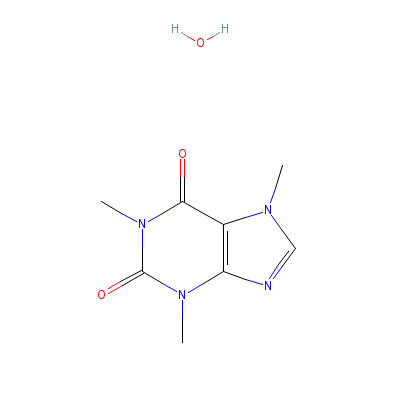
|
| Ferulic acid |
24276-84-4 |
3-(4-hydroxy-3-metho
xy-phenyl)prop-2-eno
ic acid |
C10H10O4 |
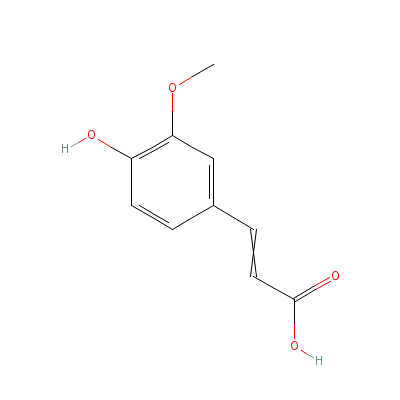
|
| 1,8-Cineole |
8024-53-1 |
2,2,4-trimethyl-3-ox
abicyclo[2.2.2]octan
e |
C10H18O |
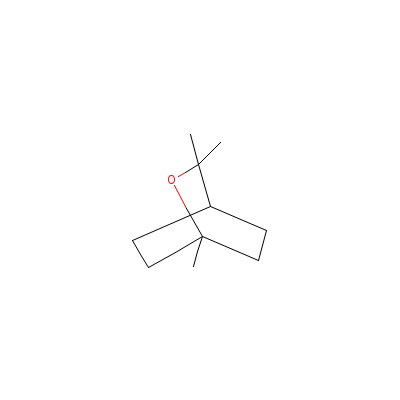
|
| alpha-Pinene |
80-56-8 |
2,7,7-trimethylbicyc
lo[3.1.1]hept-2-ene |
C10H16 |
|
| alpha-Terpineol |
10482-56-1 |
2-(4-methyl-1-cycloh
ex-3-enyl)propan-2-o
l |
C10H18O |
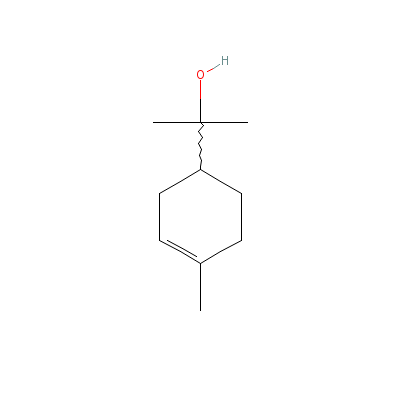
|
| Caryophyllene oxide |
32095-03-7 |
Not Available |
C15H24O |
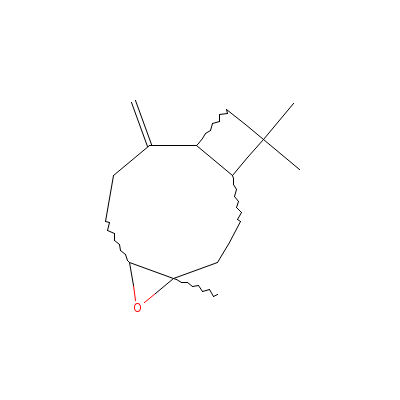
|
| Citronellal |
26489-02-1 |
3,7-dimethyloct-6-en
al |
C10H18O |
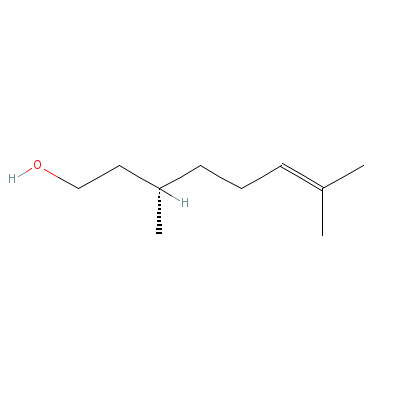
|
| Citronellol |
26489-01-0 |
3,7-dimethyloct-6-en
-1-ol |
C10H20O |

|
| Nerol |
106-24-1 |
3,7-dimethylocta-2,6
-dien-1-ol |
C10H18O |
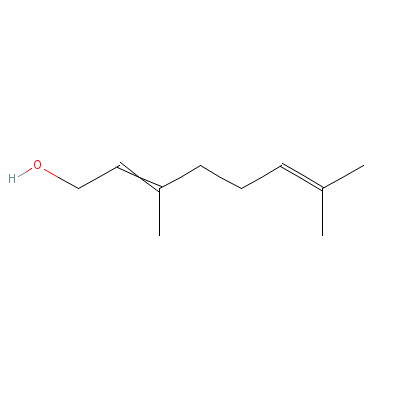
|
| Terpinen-4-ol |
Not Available |
4-methyl-1-propan-2-
yl-cyclohex-3-en-1-o
l |
C10H18O |
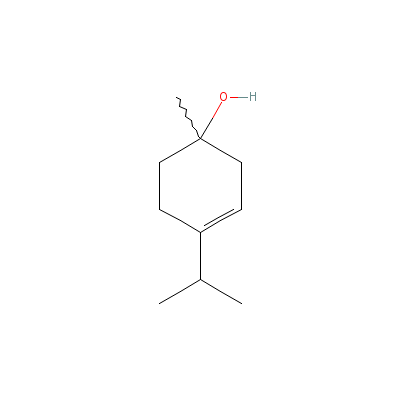
|
| Thymol |
89-83-8 |
5-methyl-2-propan-2-
yl-phenol |
C10H14O |
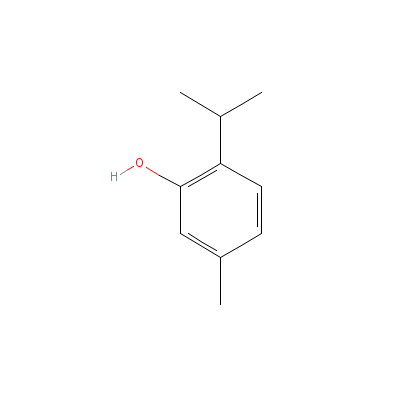
|
| alpha-Terpinene |
99-86-5 |
1-methyl-4-propan-2-
yl-cyclohexa-1,3-die
ne |
C10H16 |
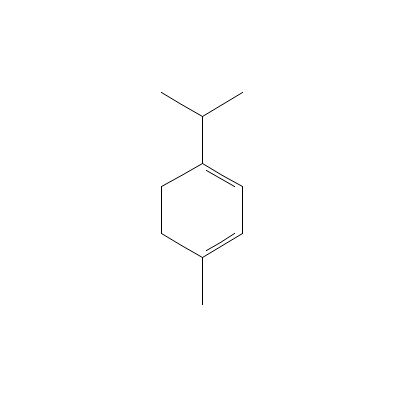
|
| Ascorbic acid |
Not Available |
2-(1,2-dihydroxyethy
l)-4,5-dihydroxy-fur
an-3-one |
C6H8O6 |

|
| beta Carotene |
7235-40-7 |
3,7,12,16-tetramethy
l-1,18-bis(2,6,6-tri
methyl-1-cyclohexeny
l)-octadec
a-1,3,5,
7,9,11,13,15,17-nona
ene |
C40H56 |

|
| Citric acid |
Not Available |
2-hydroxypropane-1,2
,3-tricarboxylic
acid |
C6H8O7 |
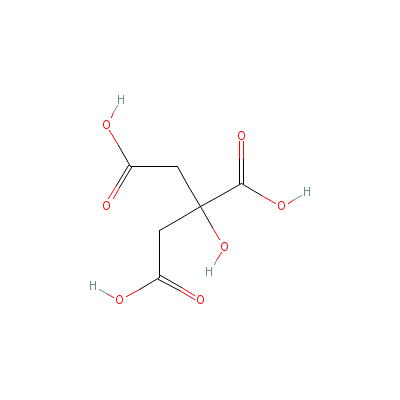
|
| Diosmin |
Not Available |
5-hydroxy-2-(3-hydro
xy-4-methoxy-phenyl)
-7-[(2S,3R,4S,5R,6R)
-3,4,5-tri
hydroxy-
6-[[(2R,3R,4R,5S,6S)
-3,4,5-trihydroxy-6-
methyl-oxan-2-yl]oxy
me
thyl]oxan-2-yl]o
xy-chromen-4-one |
C28H32O15 |
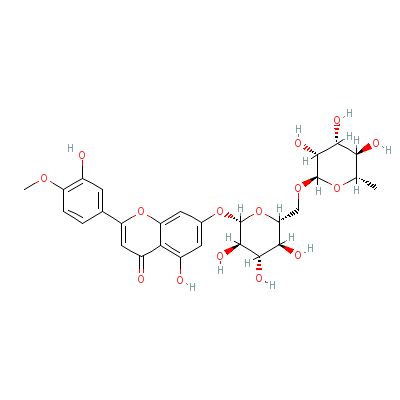
|
| Hesperidin |
520-26-3 |
5-hydroxy-2-(3-hydro
xy-4-methoxy-phenyl)
-7-[3,4,5-trihydroxy
-6-[(3,4,5
-trihydr
oxy-6-methyl-oxan-2-
yl)oxymethyl]oxan-2-
yl]oxy-chroman-4-one |
C28H34O15 |
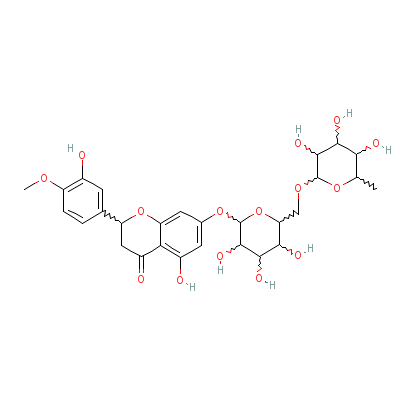
|
| Imperatorin |
70102-00-0 |
Not Available |
C16H14O4 |
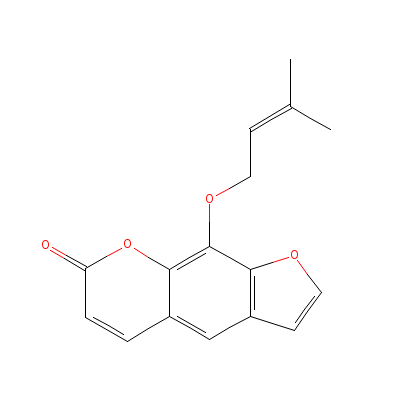
|
| Limonin |
1392-24-1 |
Not Available |
C26H30O8 |

|
| Lutein |
34445-91-5 |
4-[18-(4-hydroxy-2,6
,6-trimethyl-1-cyclo
hexenyl)-3,7,12,16-t
etramethyl
-octadec
a-1,3,5,7,9,11,13,15
,17-nonaenyl]-3,5,5-
trimethyl-cyclohex-2
-e
n-1-ol |
C40H56O2 |
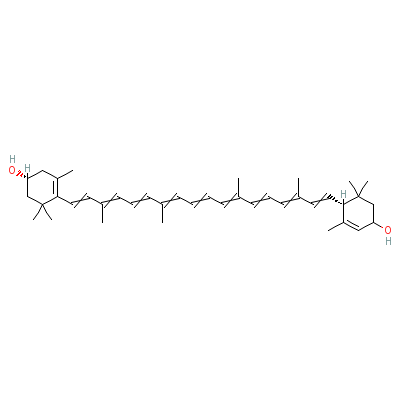
|
| Niacin |
99148-57-9 |
pyridine-3-carboxyli
c acid |
C6H5NO2 |
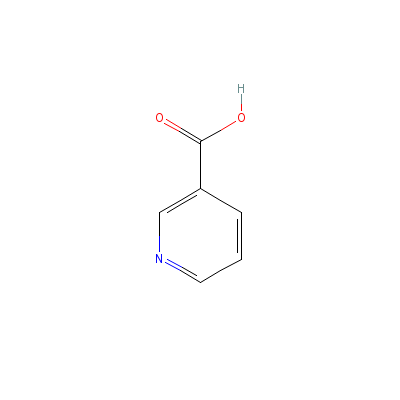
|
| P-coumaric acid |
501-98-4 |
3-(4-hydroxyphenyl)p
rop-2-enoic acid |
C9H8O3 |
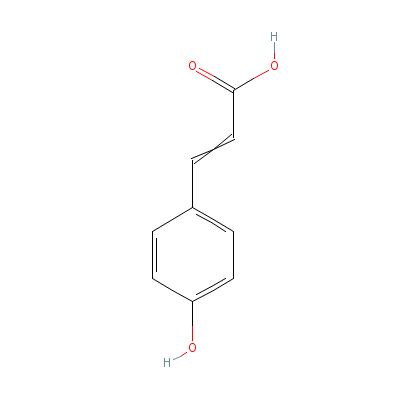
|
| Perilla aldehyde |
6611-91-2 |
4-prop-1-en-2-ylcycl
ohexene-1-carbaldehy
de |
C10H14O |
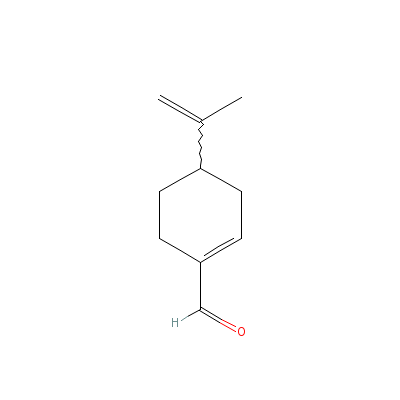
|
| Rutin |
Not Available |
2-(3,4-dihydroxyphen
yl)-4,5-dihydroxy-3-
[3,4,5-trihydroxy-6-
[(3,4,5-tr
ihydroxy
-6-methyl-tetrahydro
pyran-2-yl)oxymethyl
]tetrahydropyran-2-y
l]
oxy-chromen-7-on
e trihydrate |
C27H36O19 |
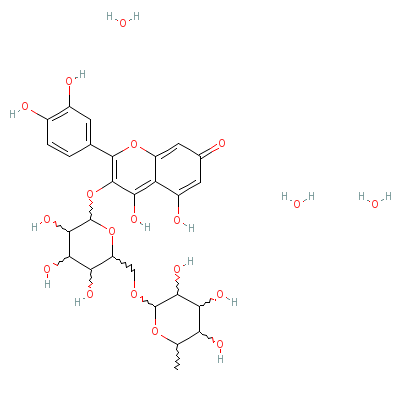
|
| Sinapic acid |
530-59-6 |
3-(4-hydroxy-3,5-dim
ethoxy-phenyl)prop-2
-enoic acid |
C11H12O5 |
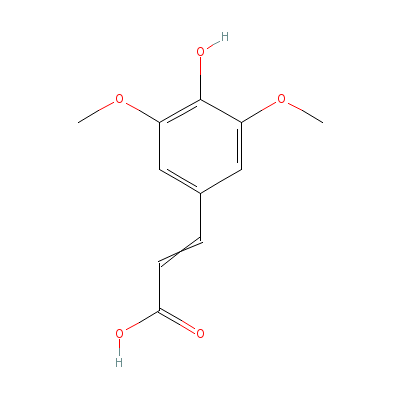
|
| Thiamin |
59-43-8 |
2-[3-[(4-amino-2-met
hyl-pyrimidin-5-yl)m
ethyl]-4-methyl-1-th
ia-3-azoni
acyclope
nta-2,4-dien-5-yl]et
hanol |
C12H17N4OS+ |

|
| Bergapten |
484-20-8 |
Not Available |
C12H8O4 |
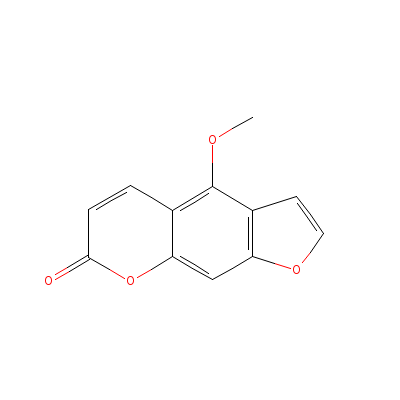
|
| Bergamottin |
7380-40-7 |
Not Available |
C21H22O4 |

|
| beta-Pinene |
23089-32-9 |
6,6-dimethyl-2-methy
lidene-norpinane |
C10H16 |
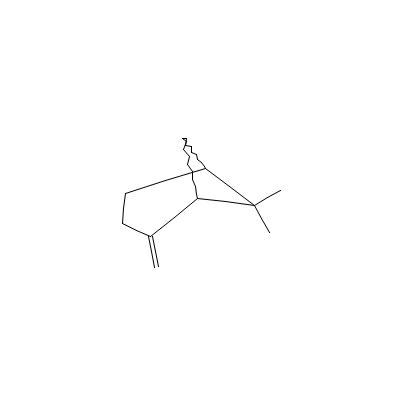
|
| Byakangelicin |
482-25-7 |
Not Available |
C17H18O7 |

|
| Camphene |
5794-04-7 |
2,2-dimethyl-3-methy
lidene-norbornane |
C10H16 |
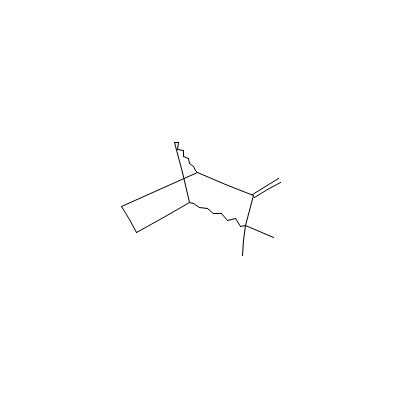
|
| Carvone |
53763-73-8 |
2-methyl-5-prop-1-en
-2-yl-cyclohex-2-en-
1-one |
C10H14O |
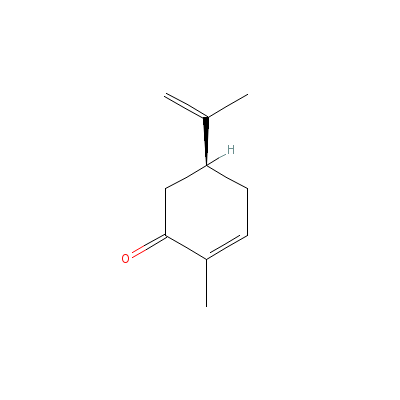
|
| Caryophyllene |
87-44-5 |
4,11,11-trimethyl-8-
methylidene-bicyclo[
7.2.0]undec-4-ene |
C15H24 |

|
| Citral |
96680-15-8 |
3,7-dimethylocta-2,6
-dienal |
C10H16O |

|
| gamma-Terpinene |
99-85-4 |
1-methyl-4-propan-2-
yl-cyclohexa-1,4-die
ne |
C10H16 |
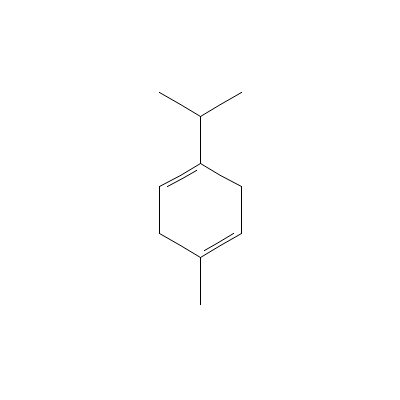
|
| Geranial |
141-27-5 |
3,7-dimethylocta-2,6
-dienal |
C10H16O |
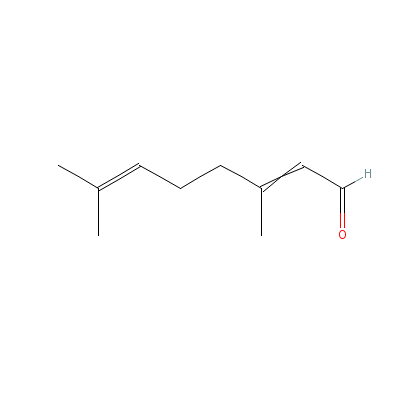
|
| Geraniol |
8007-13-4 |
3,7-dimethylocta-2,6
-dien-1-ol |
C10H18O |
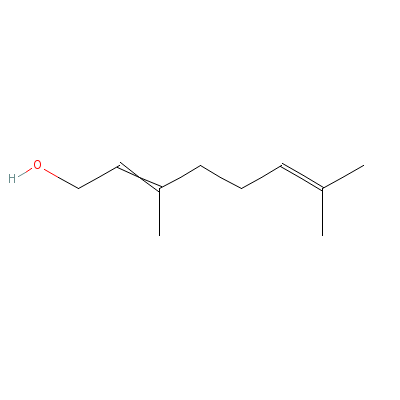
|
| Hexanal |
66-25-1 |
hexanal |
C6H12O |
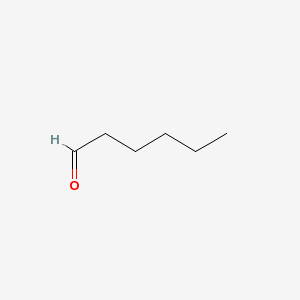
|
| Isoimperatorin |
482-45-1 |
Not Available |
C16H14O4 |

|
| Limonene |
9003-73-0 |
1-methyl-4-prop-1-en
-2-yl-cyclohexene |
C10H16 |
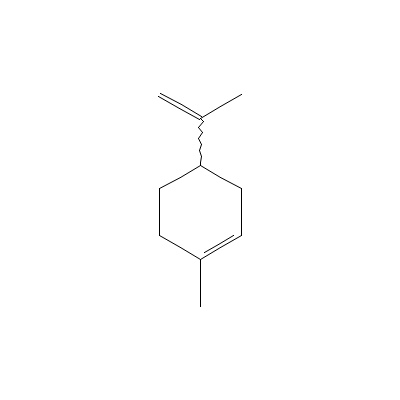
|
| Myrcene |
2153-31-3 |
7-methyl-3-methylide
ne-octa-1,6-diene |
C10H16 |
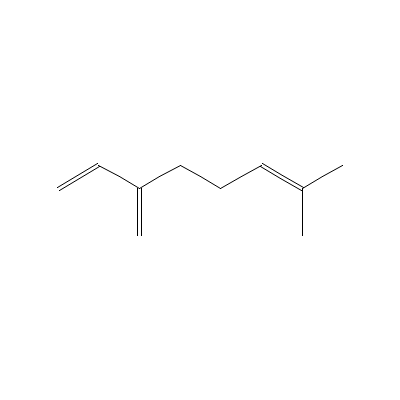
|
| Neral |
96680-15-8 |
(2E)-3,7-dimethyloct
a-2,6-dienal |
C10H16O |
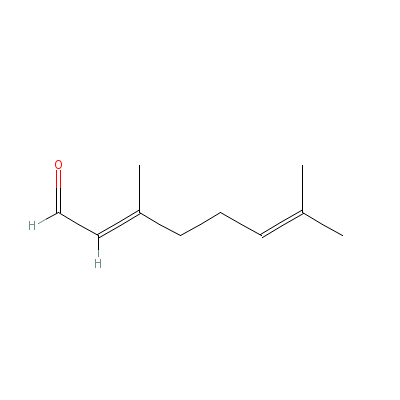
|
| p-Cymene |
Not Available |
Dichlororuthenium;
1-methyl-5,6-dihydro
-4H-pyrimidine;
p-cymene |
C15H24Cl2N2Ru |
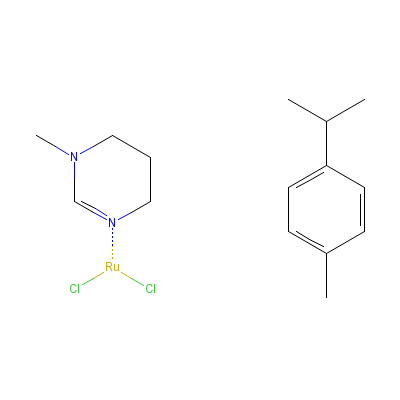
|
| Beta-sitosterol |
5779-62-4 |
17-(5-ethyl-6-methyl
-heptan-2-yl)-10,13-
dimethyl-2,3,4,7,8,9
,11,12,14,
15,16,17
-dodecahydro-1H-cycl
openta[a]phenanthren
-3-ol |
C29H50O |
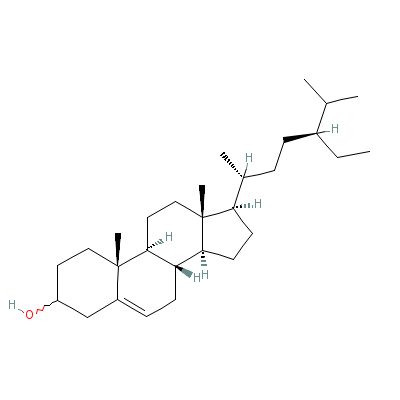
|
| Diosmetin |
520-34-3 |
4,5-dihydroxy-2-(3-h
ydroxy-4-methoxy-phe
nyl)-chromen-7-one |
C16H12O6 |

|
| Isopimpinellin |
482-27-9 |
Not Available |
C13H10O5 |
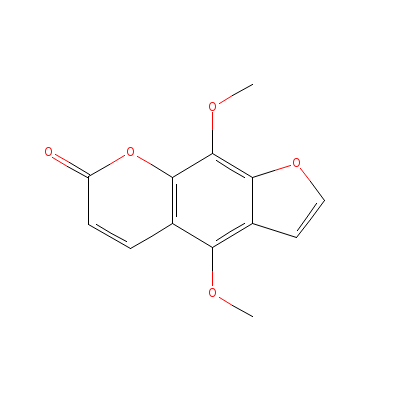
|
| Stachydrine |
Not Available |
1,1-dimethyl-2,3,4,5
-tetrahydropyrrole-2
-carboxylate |
C7H13NO2 |
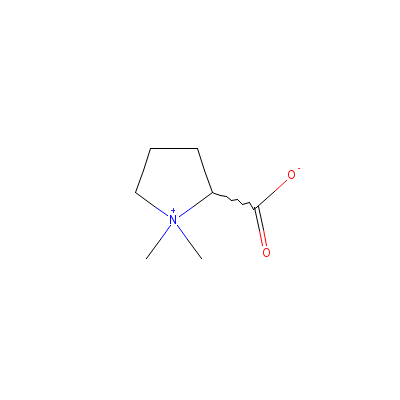
|
| Caffeine |
5743-12-4 |
1,3,7-trimethylpurin
e-2,6-dione hydrate |
C8H12N4O3 |

|
| Luteolin |
Not Available |
2-(3,4-dihydroxyphen
yl)-4,5-dihydroxy-ch
romen-7-one |
C15H10O6 |

|
| Quercetin |
Not Available |
2-(3,4-dihydroxyphen
yl)-3,4,5-trihydroxy
-chromen-7-one |
C15H10O7 |
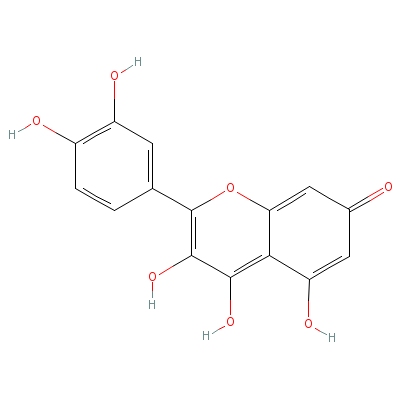
|
| Naringin |
38664-96-9 |
7-[(2S,3R,4S,5R,6R)-
4,5-dihydroxy-6-(hyd
roxymethyl)-3-[(2S,3
R,4R,5S,6S
)-3,4,5-
trihydroxy-6-methyl-
oxan-2-yl]oxy-oxan-2
-yl]oxy-5-hydroxy-2-
(4
-hydroxyphenyl)c
hroman-4-one |
C27H32O14 |

|
| Syringin |
Not Available |
(2S,3S,4S,5R,6R)-2-(
hydroxymethyl)-6-[4-
[(E)-3-hydroxyprop-1
-enyl]-2,6
-dimetho
xy-phenoxy]oxane-3,4
,5-triol |
C17H24O9 |

|
| Scopoletin |
92-61-5 |
2-hydroxy-6-methoxy-
chromen-7-one |
C10H8O4 |
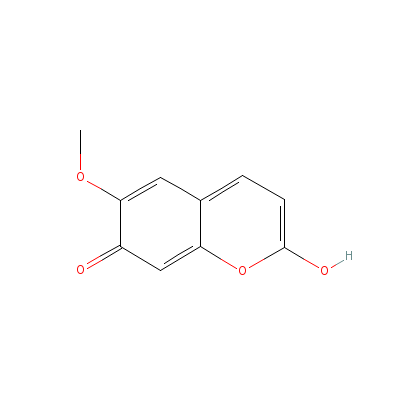
|
| Umbelliferone |
93-35-6 |
2-hydroxychromen-7-o
ne |
C9H6O3 |
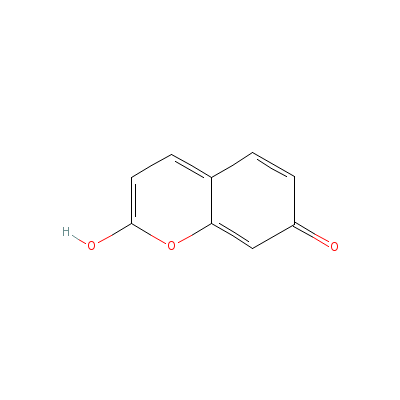
|
|
Pharmacology
| Medicinal Use |
 |
|
In fighting scurvy, inflammations, rheumatism, diarrhea, dysentery and reducing fever (juice); cleansing the eye (diluted juice). Lemons are an excellent preventative medicine and have a wide range of uses in the domestic medicine. Applied locally, the juice is a good astringent and is used as a gargle for sore throats etc. It is also a good antiperiodic and a substitute for quinine in treating malaria and other fevers. |
| Contraindication |
 |
|
Lemon peel oil may cause contact dermatitis, chronic in those who handle, cut and squeeze lemons daily. People that suck lemons may suffer irritation and eruptions around the mouth. The wood of lemon trees and its saw-dust may induce skin reactions in sensitive woodworkers. |
| Reference |
 |
|
 Sharma, Classical Uses of Medicinal Plants. Sharma, Classical Uses of Medicinal Plants.
The Himalaya Drug Company. |
Dealers
Products
|
|